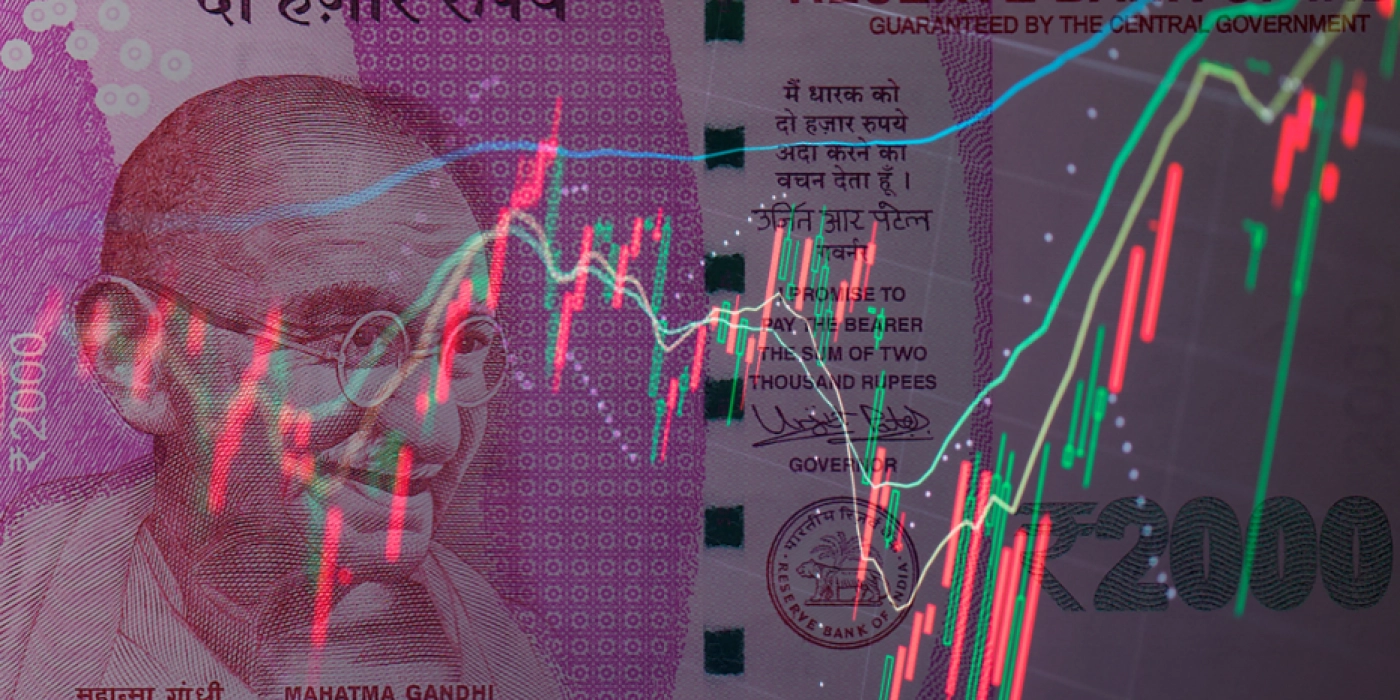Monetary policy transmission: what, how much and how soon
The Reserve Bank of India (RBI)’s jumbo 50 bps frontloaded rate cut in June and its shift in stance to neutral from accommodative was a signal that it has done enough for now, and monetary policy transmission will be a key variable in determining future rate actions. Nomura economists delve into the bank lending channel of policy transmission, specifically looking to answer three questions: (1) how much transmission is likely, and the lags involved, (2) what drives faster policy transmission, and (3) the impact on credit growth.
What do we find?
- Regimes matter: The shift to the External Benchmark Lending Rate regime has improved transmission, but the structure of the bank lending-deposit book matters too. While the EBLR should enable faster repricing of floating rate loans, deposit repricing will take time as the share of term deposits has risen over the last few years, and they mostly mature in 1-3 years.
- Estimate of transmission: We estimate the pass-through ratio from a 100 bps policy repo rate cut to the weighted average lending rate (WALR) on outstanding loans is ~65 bps, while the fall in the weighted average deposit rate (WADR) on outstanding balances should be ~80 bps. Our analysis shows that it takes around 13-14 months for the transmission to occur from call rate to lending and deposit rates.
- What drives faster transmission: The size of the rate cut can increase the speed of transmission, but for higher transmission over the course of an easing cycle, two important conditions are a sustained banking system liquidity surplus and lower credit deposit ratio.
- Impact on credit growth: It takes about eight months from a change in the WALR on fresh loans to drive a turn in non-food credit growth. The industrial sector seems much more sensitive to lower lending rates, especially micro and medium enterprises, while larger firms are less sensitive. Retail credit seems much less sensitive to changes in lending rates, especially for housing, auto and credit card loans.
What this means for monetary policy?
A lower cost of funding should help, especially micro, small and medium enterprises, but loan demand is moderating in the retail and personal loan segments. Global trade uncertainty and a surge in imports is also keeping industrial capacity utilization subdued. We believe credit growth will likely moderate from ~10.6% y-o-y in June to 7-8% by the year ending March 2026.
Bank lending is just one channel of policy transmission. Higher lending by non-bank entities and equity funding could be an offset. Policy transmission should also work via the interest rate and asset price channels. That said, the RBI’s mixed signaling on rates and liquidity dilutes the expectations channel of policy transmission.
We expect GDP growth to undershoot at 6.2% for the year ending March 31, 2026, versus the RBI’s forecast of 6.5%, reflecting our forecast moderation in credit growth and slowing urban income growth. India is relatively well positioned due to lower commodity prices, low inflation and benefits from trade diversion, but weaker global demand will be a drag.
We expect the moderation in credit growth, weaker domestic demand impulse and inflation undershoot to create space for further easing. We forecast a pause in August, followed by 25 bps rate cuts each in October and December to a terminal repo rate of 5.00% by end-2025.
For more on our views on India’s policy outlook, read the full report.




